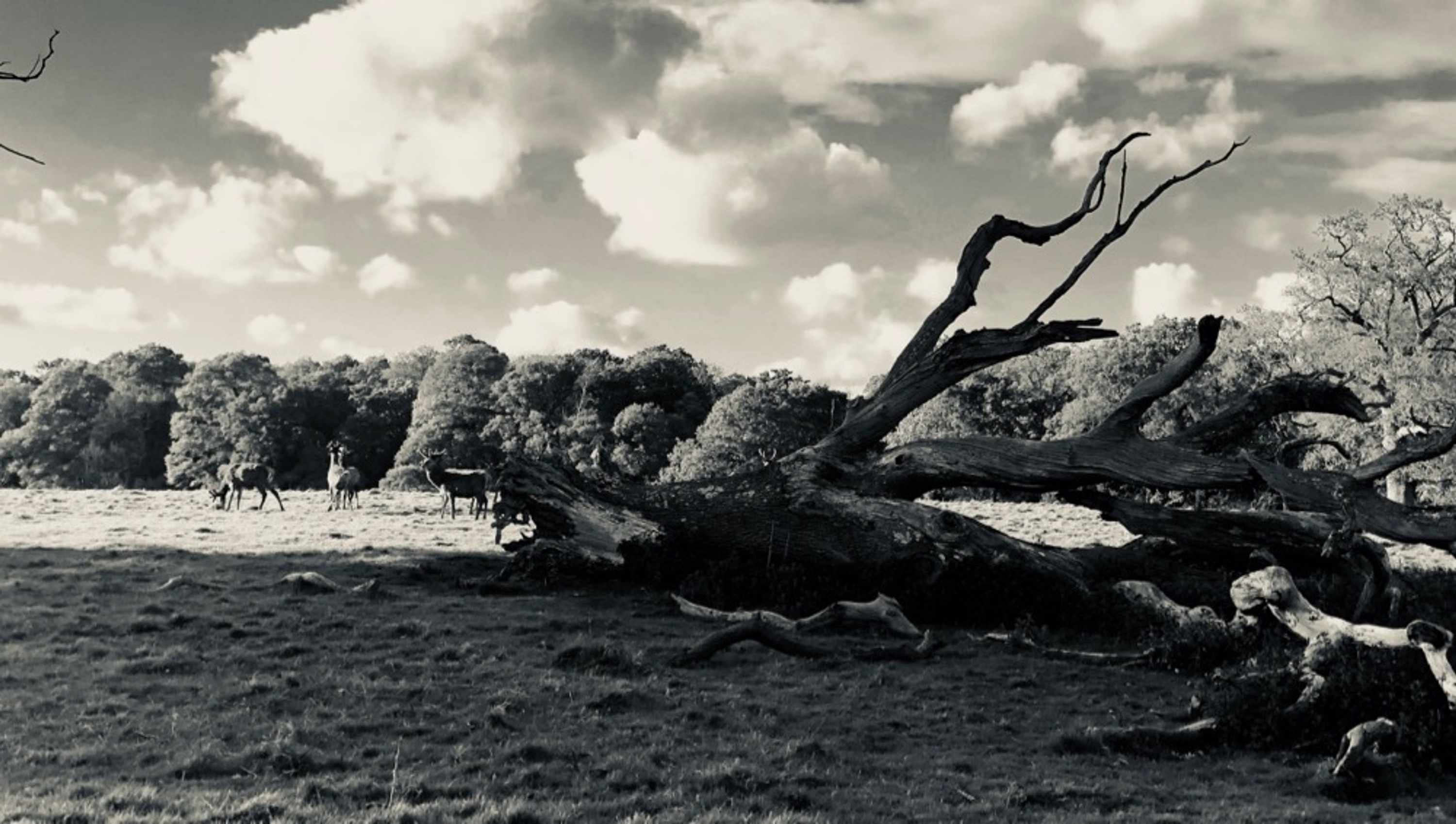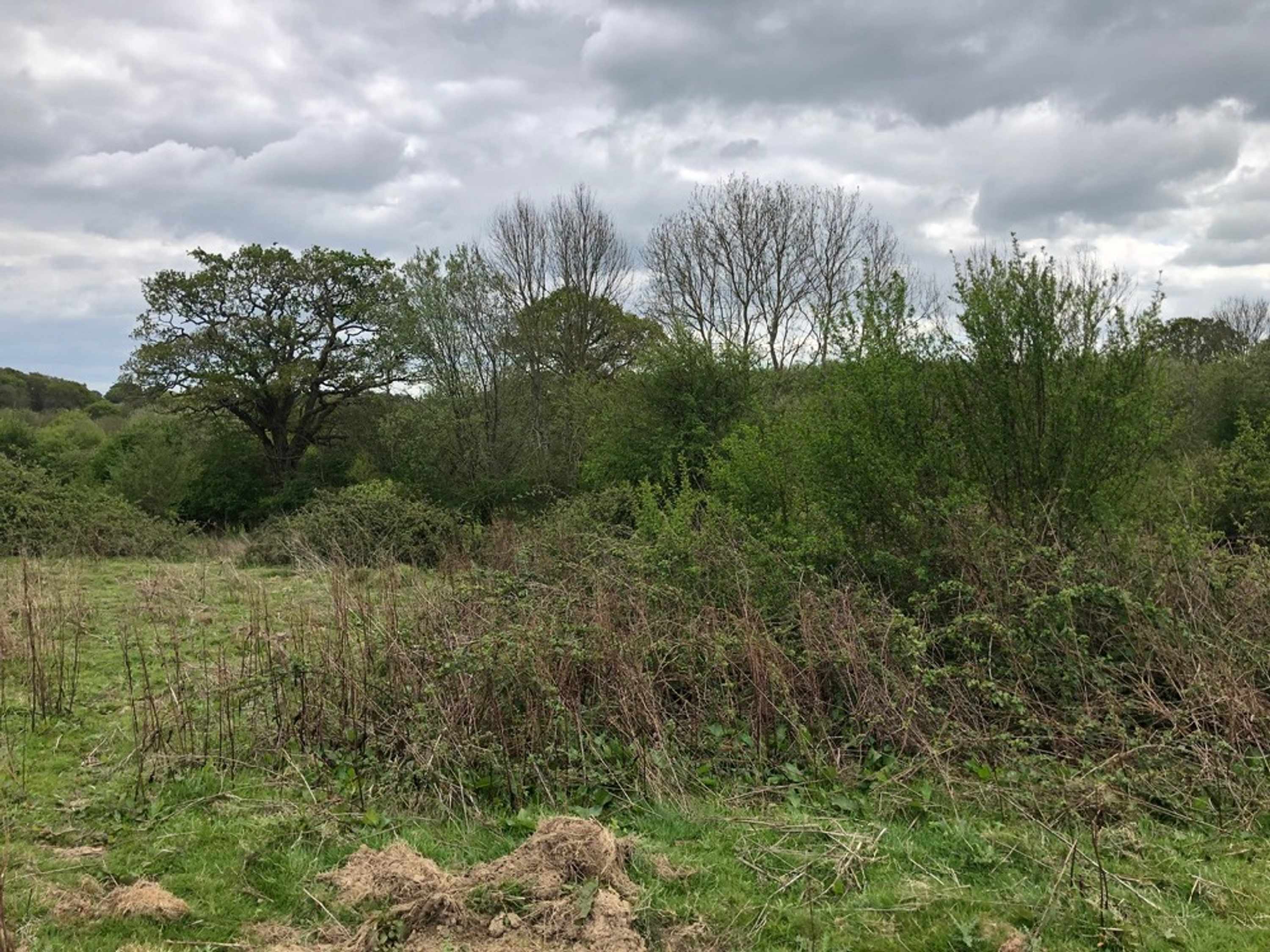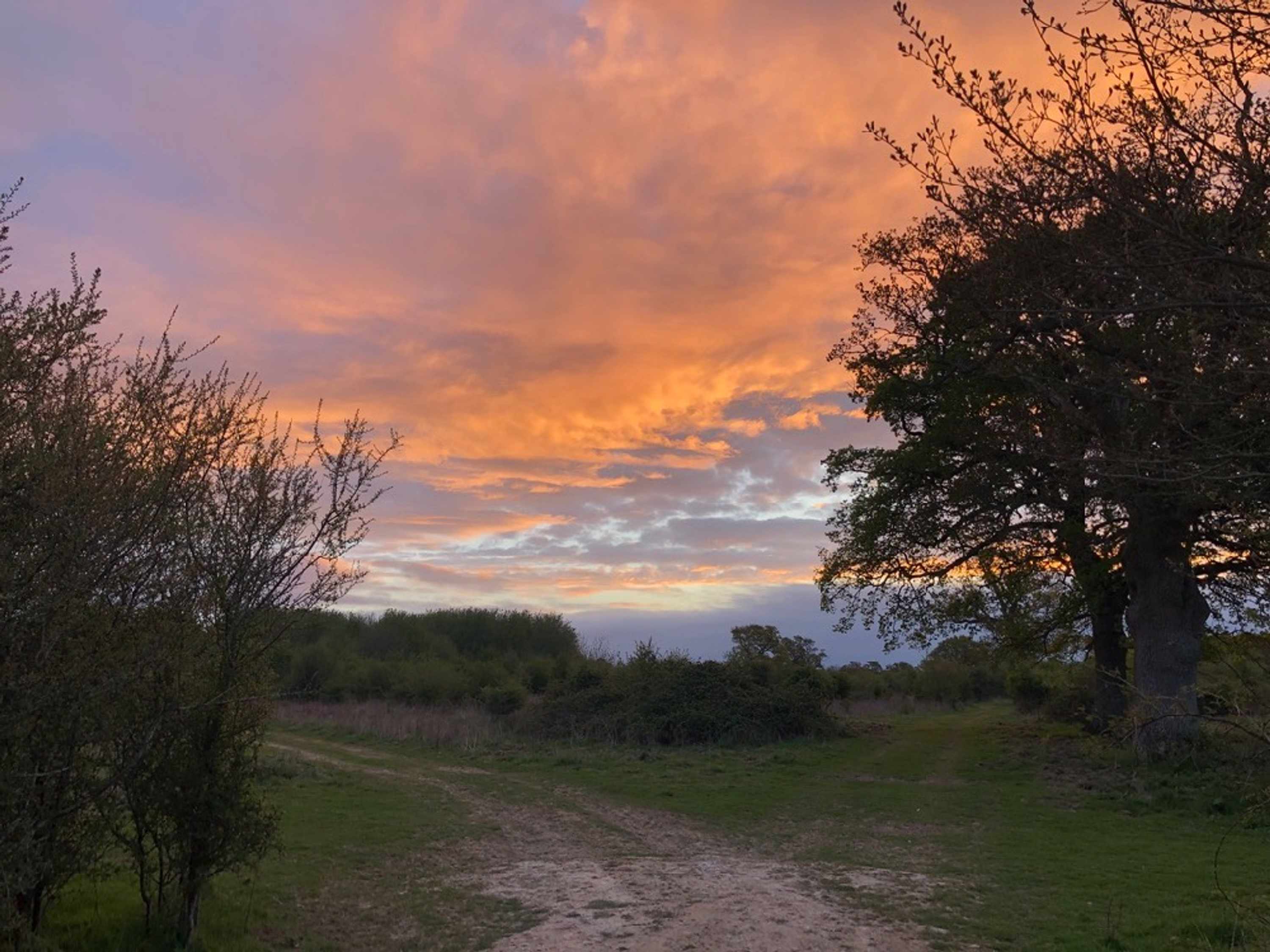West Sussex estate produces extraordinary increase in wildlife
West Sussex estate produces extraordinary increase in wildlife

The announcement of newborn Royalty this week quickly displaced a stark headline that reminded us about the unprecedented destruction of wildlife happening today. The latest global assessment, the most comprehensive to date, found that one million animal and plant species are threatened with extinction within decades.
Inextricably tied to this crashing of biodiversity is climate breakdown (one of several drivers of biodiversity loss) and in recent weeks, it’s provided some hope to see climate change having another spotlight in our media and politics. Thanks to the Extinction Rebellion and the #YouthStrike4Climate protest movements, increasing numbers of governments, cities and politicians are considering declaring a “climate emergency” and with that, there’s hope that these issues will be taken with the seriousness they deserve. It’s been energising to be a part of this.
Amongst all this excitement, I have been finding new hope in projects such as the wilding of Knepp Estate on 3,500 acres of degraded farmland in West Sussex. Since 2001, the land – once intensively farmed and highly degraded – has been devoted to a pioneering rewilding project that has seen extraordinary increases in wildlife, including extremely rare species like turtle doves, purple emperor butterflies and peregrine falcons.
The story of Knepp Estate is beautifully described by Isabella Tree in her book Wilding and the video below provides a good summary:
https://youtu.be/ikNVLbRKI\\\_8
Visiting Knepp
A few weeks ago I enjoyed a peaceful, inspiring weekend at Knepp Estate to see the experiment with my own eyes. We arrived on Saturday afternoon and after pitching our tent in their rather luxurious campsite, we enjoyed a walk across the northern section of the estate, through various habitats including lakes, meadows, woodland and messy scrub. We spotted various free-roaming grazers including Exmoor Ponies, Tamworth Pigs, Longhorn Cattle and Fallow Deer. Each providing a different force of natural disturbance that stimulates a complex mosaic of habitats for other species, as well as highly nutritious food for humans.

Deer at Knepp Safaris
The pigs, for example, rootle the landscape with their powerful snouts, overturning clods of turf which kickstart the creation of anthills (a great food source for woodpeckers) and provides good spots for solitary bees to settle. The exposed soil also allows pioneer plants like sallow to colonise (the food source of the purple emperor butterfly) and other plant species, increasing the complexity of the landscape.

Upturned soil in the landscape, a sign of pigs rootling about
I found it exciting to see the dense, messy, thorny scrub that Isabella Tree describes in her book. A giant playground for many birds and insects that are so often pushed to the edges of our environment. So much so, that for some species, observations at Knepp have been challenging our understanding about preferred habitats:
“We assume we know what is good for a species but we forget that our landscape is so changed, so desperately impoverished, we may be recording species not in its preferred habitat at all, but at the very limits of its range.” (Isabella Tree, Wilding)

Scrubland at Knepp
As we finished our walk, darkness fell and almost all the birdsong had settled. All but for the call of a tawny owl and the famous song of nightingales which we were overjoyed to hear – a first for me.
At dawn the following morning, we joined a walking safari which guided us through a riot of bird song. On the walk, we spotted a yellowhammer, whitethroats, white storks, as well as hearing nightingales, cuckoos, chiff-chaffs and jackdaws.

Dawn sunrise
The hope of rewilding
Despite growing up with keen bird-watching parents, the hobby never rubbed off on me. Only now am I starting to feel an interest, and with that, a greater curiosity in what we’ve lost and the efforts to conserve what remains. But with the startling facts about how much we have lost, “conserving what remains” is not enough. This is one of the attractions to Knepp and rewilding. It’s not a ‘conservation’ project in the traditional sense. It’s an open-ended experiment, using “process-led” rewilding principles such as grazing ecology to generate habitat complexity and biodiversity.
With no recollections of how the natural world used to be, it was striking to read Isabella Tree describing historical recollections of the abundance of wildlife in our landscapes – and the generational blindness to the environmental destruction that has been taking place. This tendency to normalise what surrounds us is known as ‘shifting baseline syndrome’:
"…due to short life-spans and faulty memories, humans have a poor conception of how much of the natural world has been degraded by our actions, because our ‘baseline’ shifts with every generation, and sometimes even in an individual. In essence, what we see as pristine nature would be seen by our ancestors as hopelessly degraded, and what we see as degraded our children will view as ‘natural’." (Hance, 2009)
Rewilding presents a positive vision to help overcome a “shifting baseline syndrome”, by creating spaces that draw on an understanding of how our landscape once looked and how the ecology evolved. Now 20 years old, the Knepp experiment is deepening our understanding of ecology further and reminding of us of the severe negative consequences to wildlife from the intensification of agriculture and overgrazing of livestock in our national parks.
Hotly opposed by many farmers and conservationists, the gradual shift away from pasture-based farming systems towards intensive farming that accelerated after the Second World War, greatly increased yields but caused devastation to wildlife and is exhausting our soils. As we start to scramble desperately for solutions, Knepp shows one positive path forward for some of our most severely degraded landscapes. Not only for the sake of wildlife, but also for soil restoration, carbon sequestration, improving water quality and reducing flood risk.
With so many species hanging on for dear life at the fringes, we don’t have long to turn this around. Visiting Knepp gave me hope, inspiration and a heap of motivation to help rewild this planet. I highly recommend it for anyone else feeling a desire to take action.
Useful resources:
Rewilding Britain: a charity that is working to demonstrate a model for rewilding that works at a scale new to Britain
Isabella Tree’s book Wilding
George Monbiot’s book Feral


